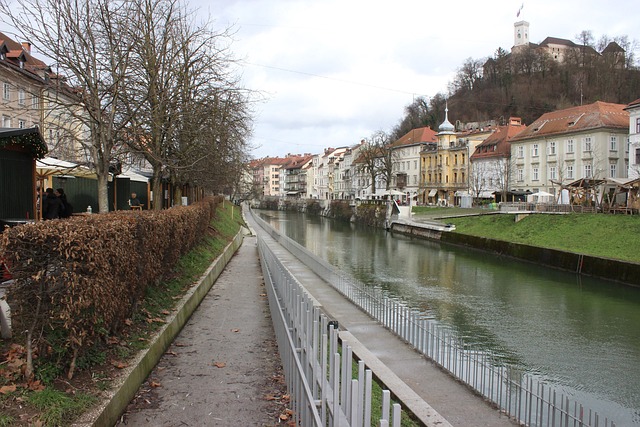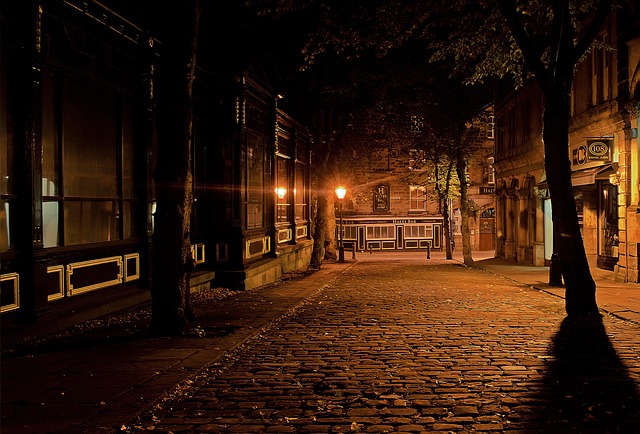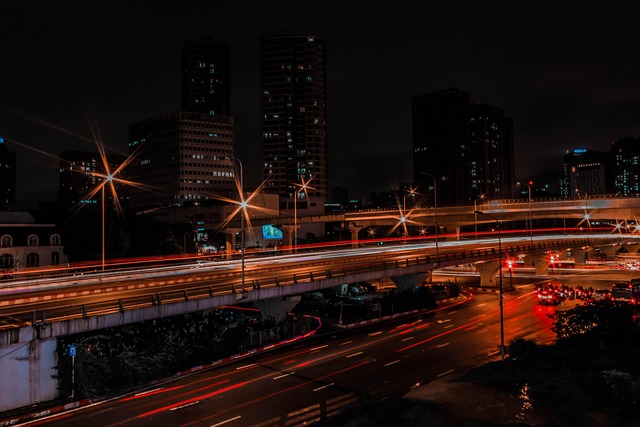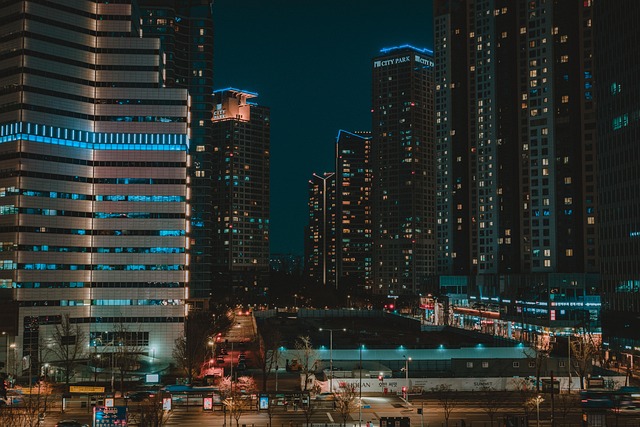Tariq Road, a dynamic thoroughfare in Karachi, is a vital connector between neighborhoods, commercial centers, and historical sites, fostering the city's bustling urban rhythm. While offering business growth opportunities, it faces traffic congestion challenges that require careful management. As Karachi evolves, central arteries like Tariq Road are crucial lifelines, presenting both benefits and issues, such as peak-hour traffic and pollution, demanding strategic planning for sustainable development to preserve the city's vibrant tapestry.
In the heart of Karachi, Pakistan’s vibrant metropolis, lies a crucial urban artery: Tariq Road. Understanding its proximity and influence within the city’s fabric is essential for gauging the daily lives of local communities and commute patterns. This article delves into the multifaceted impact of Tariq Road on Karachi, exploring potential challenges and painting a picture of future development prospects that could revolutionize urban living in this bustling metropolis.
- Understanding Tariq Road Proximity in Karachi's Urban Fabric
- The Impact on Local Communities and Daily Commute
- Potential Challenges and Future Development Prospects
Understanding Tariq Road Proximity in Karachi's Urban Fabric

Tariq Road, a pivotal thoroughfare in Karachi, holds immense significance within the city’s urban landscape. Its proximity and location serve as a vital connector between diverse neighborhoods, commercial hubs, and historical landmarks. Understanding this road’s role is crucial to grasping Karachi’s intricate web of connectivity. The bustling street, with its vibrant tapestry of activities, has become an integral part of the city’s daily rhythm, fostering a dynamic environment that characterizes modern Karachi.
In terms of urban planning, Tariq Road’s proximity offers both opportunities and challenges. It enables efficient navigation through the metropolis, but also contributes to the traffic congestion that is a common feature in Pakistan’s largest city. The road’s accessibility has fostered the growth of numerous businesses, making it a commercial hotspot. However, this density also demands careful management to ensure the well-being and comfort of residents. Karachi’s urban fabric, with its ever-evolving nature, continues to be shaped by these central arteries, including Tariq Road, which serve as lifelines for the bustling metropolis.
The Impact on Local Communities and Daily Commute

The proximity of Tariq Road, one of Karachi’s major arterial routes, has a profound impact on the local communities and daily commutes. The road serves as a vital connection between various neighborhoods, facilitating seamless travel across the bustling metropolis. For residents living along this corridor, it means easier access to essential services, schools, hospitals, and commercial hubs, fostering a sense of connectivity and enhancing their overall quality of life.
However, this convenience also presents challenges. Increased traffic congestion during peak hours can lead to longer travel times and strain local infrastructure. The constant flow of vehicles contributes to noise pollution and air quality issues, impacting the well-being of nearby residents. Balancing these factors is crucial for sustainable urban development, ensuring that Karachi’s vibrant tapestry remains livable and resilient despite its labyrinthine traffic patterns.
Potential Challenges and Future Development Prospects

The proximity of Tariq Road, a key artery in Karachi, presents both opportunities and challenges for development. One of the main hurdles is managing traffic congestion, especially during peak hours, which can significantly impact accessibility and connectivity along this route. The dense population and high vehicle ownership in the surrounding areas further exacerbate these issues. However, the potential benefits are substantial, particularly with the right urban planning and infrastructure interventions.
Future development prospects could focus on enhancing public transportation networks to reduce private vehicle usage, thereby easing traffic congestion. Smart city initiatives aimed at improving signal timing and implementing dynamic pricing for parking can also help. Additionally, integrating green spaces and pedestrian-friendly infrastructure along Tariq Road can create a more livable environment. These strategies, coupled with careful consideration of local community needs, have the potential to transform this area into a vibrant, sustainable, and accessible urban hub, reflecting Karachi’s continuous evolution.
Tariq Road’s proximity has significantly shaped Karachi’s urban landscape, influencing local communities and daily commutes. Its strategic location offers both opportunities and challenges. As the city continues to evolve, mindful development along this vital corridor can ensure a harmonious balance between urban growth and the well-being of its residents, making Karachi a more livable metropolis for all. By addressing potential issues and embracing innovative solutions, the future of Tariq Road proximity in Karachi looks promising, offering a vibrant tapestry of opportunities for the city’s ongoing transformation.
